Nike Running Design Lead, Bret Schoolmeester: "We're pushing boundaries to serve athletes better"
I sat down with the man behind the new slate of Nike running shoes to find out what it takes to improve shoes that are already perfect
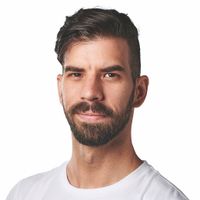
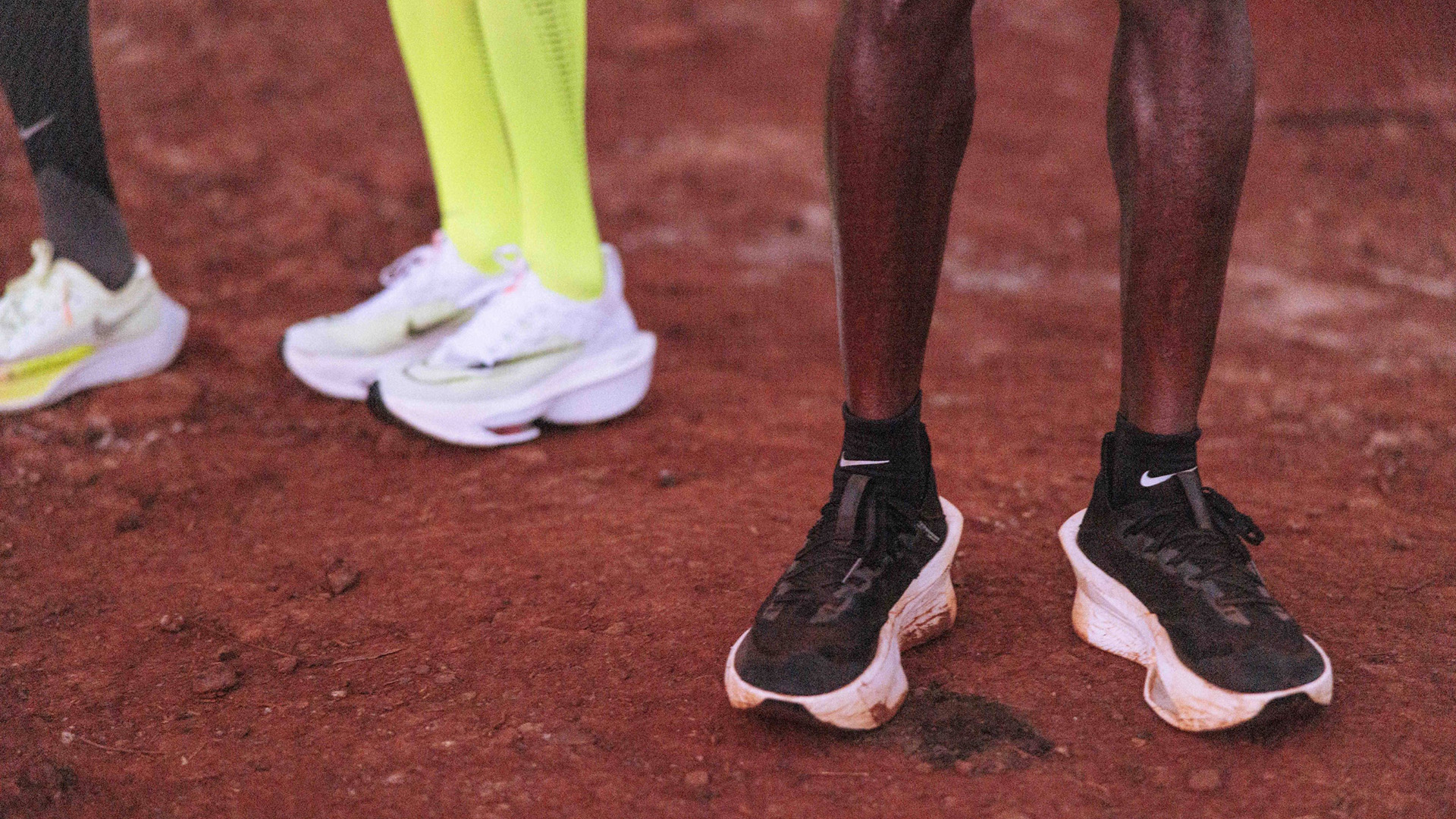
Bret's trying to decide how to answer my (probing) question about which of the three new shoes he's looking at off-camera is his favourite. I know my answer: I love the look of them all. But I wonder if he's pumped about one more than the others. His answer is diplomatic but understandable: "I really am excited about all of them for different reasons."
And he very well should be. As one of Nike's Running Design Leads, Bret Schoolmeester has been involved in developing many big-hitter Nike running shoes, including the Alphafly, Pegasus and Zegama franchises. Picking one would be like asking him to decide which of his three children is his favourite. You can't.
Instead, he emphasises the ultimate goal of creating the latest slate of functional Nike running footwear for runners. "We tried to make sure that we've got something for all different runners – whether you're racing, on the road, or on the trail – to get out and really enjoy running," he says, "We're pushing the boundaries of how we can serve athletes through design innovation and different materials to ensure they have an amazing experience."
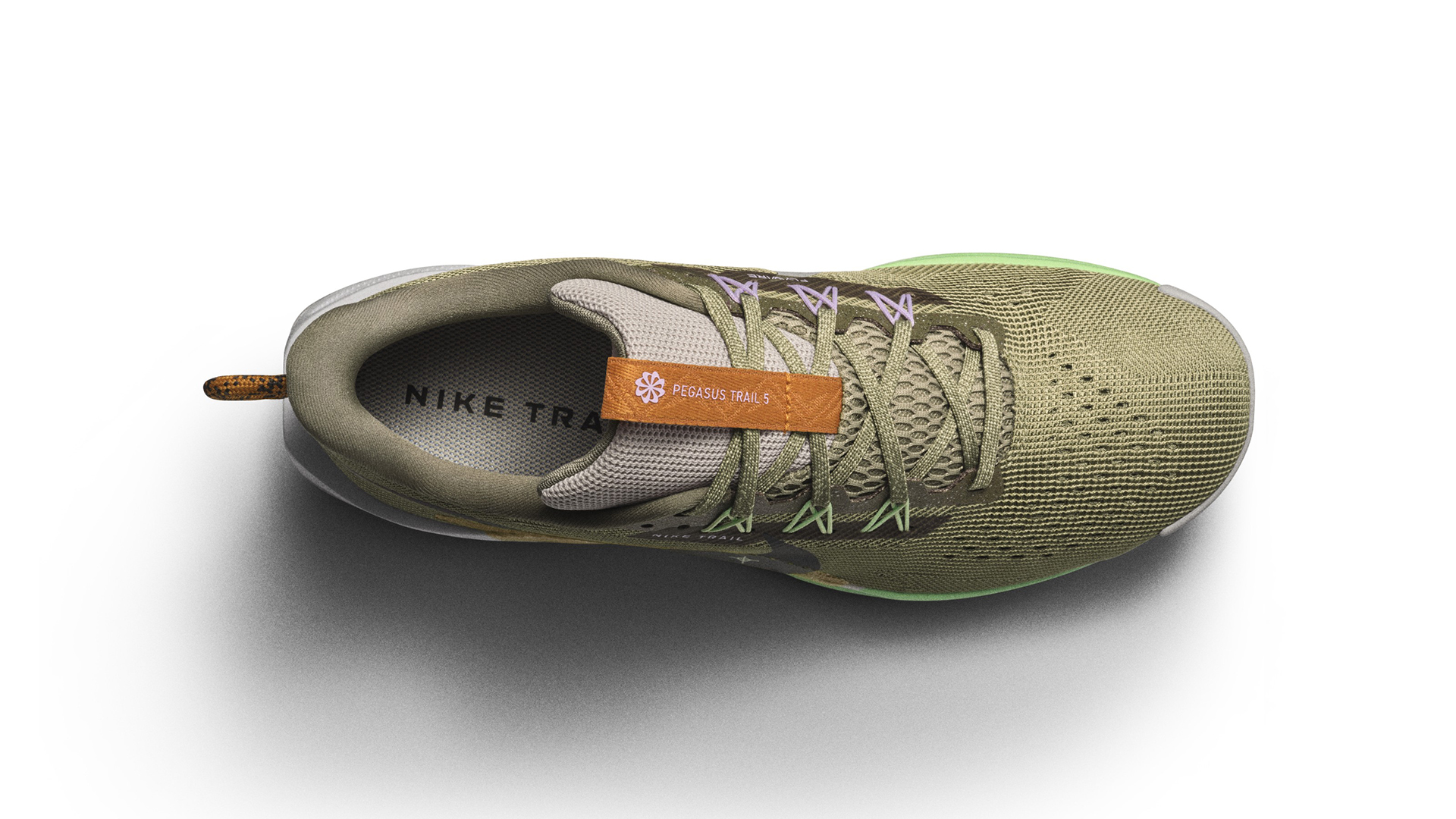
Reacting to change
It's not often you get to talk to people as knowledgeable about running shoes as Bret, so I soak up everything he says about the three newly announced Nike shoes: the Alpafly 3, the Pegasus Trail 5 and the Zegama 2.
And there is a lot to talk about as the trio introduces a ton of new materials, technologies and innovations, including the new Vibram outsole on the Zegama, the new last, Fast Shot outsole, wider Flyplate, Atomknit 3.0 on the Alphafly 3, and the ReactX foam and the Nike Trail ATC debuting in the Pegasus Trail 5.
"We're hearing loud and clear from runners, particularly trail runners who have a special connection with the outdoors and nature, that they want more sustainably built products," explains Bret, referencing the ReactX compound, "However, they don’t want to make any performance tradeoffs."
I agree. I'm a huge fan of the best running shoes, but I'm also incredibly concerned about the $52.98bn athletic footwear market (external link) that produces hundreds of millions of non-recyclable shoes every year. Ideally, I want my running shoes to go fast on the road but easy on the planet.
Get all the latest news, reviews, deals and buying guides on gorgeous tech, home and active products from the T3 experts
"React X allows us to do both, with 13% more energy return with each step and releases 43% less carbon into the environment compared to the original React," says Bret, which isn't quite the fully-circular shoe I want, but definitely a step in the right direction.
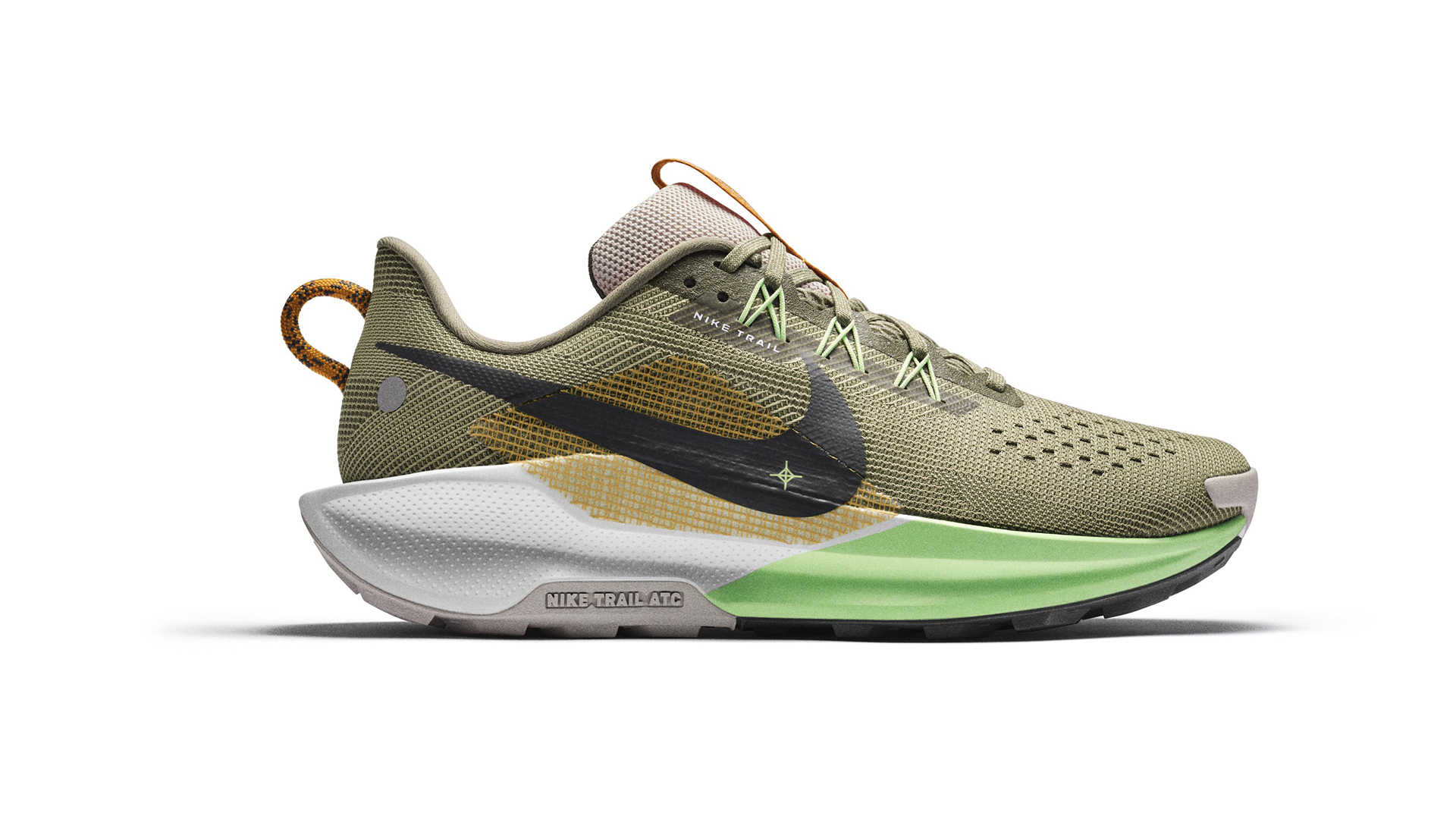
The ReactX foam is one of the many technological advancements introduced to the Pegasus Trai line. The fifth iteration also debuts the Nike All Terrain Compound (Nike ATC) outsole, which addressed one of the biggest gaps in Nike's trail line: traction.
The Nike ATC is a high abrasion rubber, which is placed in strategic areas where directional traction and grip are needed the most – including the ride rail, heel pod and forefoot – while keeping the smooth transition you need on the road.
"We developed the Nike ATC to enhance overall grip and traction so you can be more confident on a variety of terrains," Bret says, "It felt like the right compound for the Peg Trail, it being a versatile road-to-trail shoe."
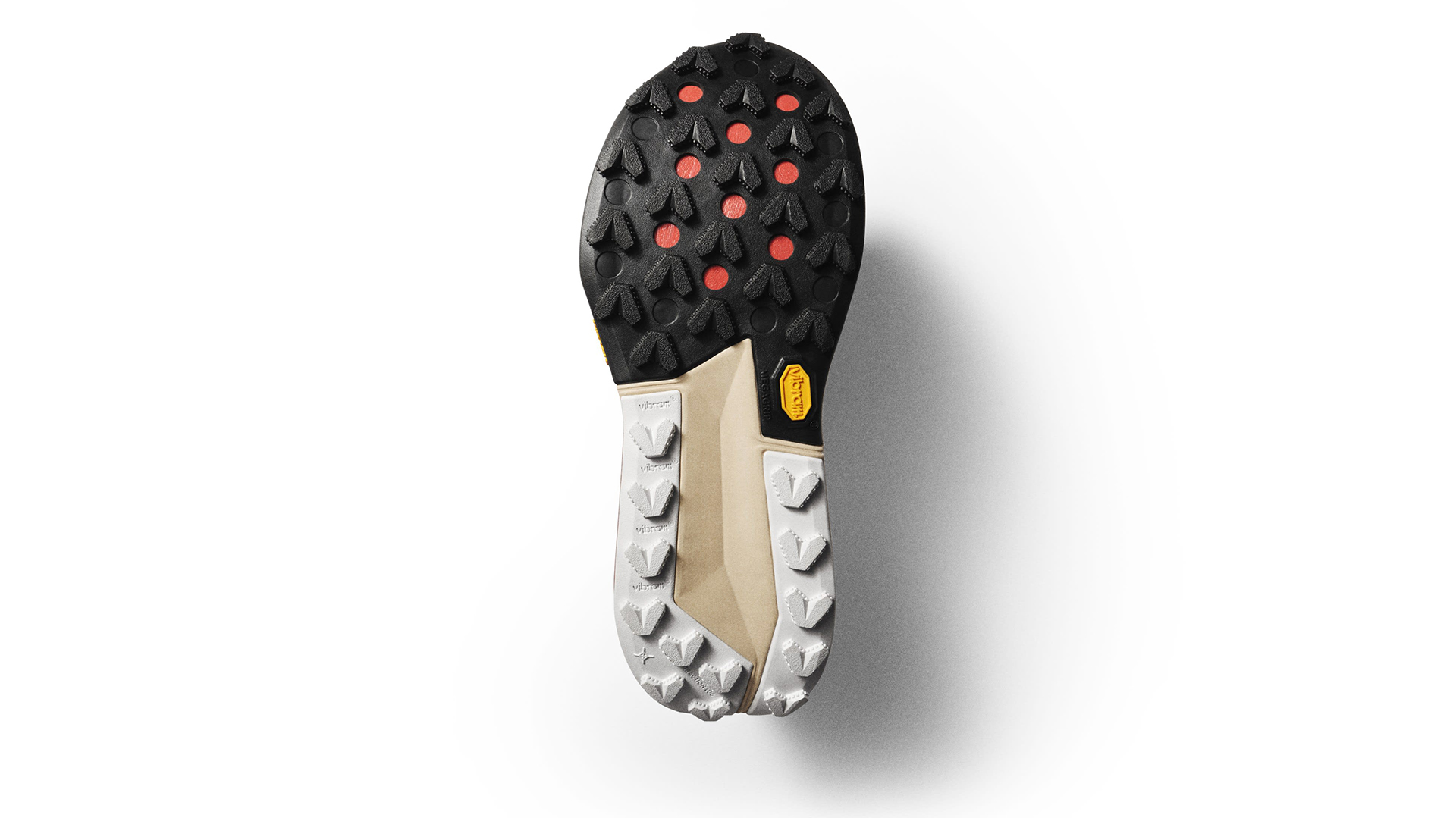
Partnership made on the trails
Those familiar with the Nike Trail roundup know that Nike also debuted a couple of high-performing trail shoes with a different outsole in recent years. The Nike Zegama and the Nike Ultrafly both feature Vibram technology, and from what Bret told me, Nike is keen on developing this partnership further.
"With the Zegama, we wanted to create a shoe that provides the ultimate protection and cushioning for very long trail distances," he explains, "We wanted to create a shoe for those who run for 50 or even 100 miles in one go." Or those who run less but like the max-cushioned approach of the Zegama.
Nike also wanted to deliver the ultimate traction experience, which is why they partnered with Vibram. It is a real partnership, not just an exchange of names – hence why it took a while to create the first iteration.
Nike's designers and engineers sat in a room with Vibram’s designers and engineers to see how to optimise the system. I imagine a huge round table with all the representatives of both brands discussing what each person can bring to the metaphorical table.
The efforts clearly paid off, as the Zegama is quickly becoming one of the most sought-after franchises in the Nike Trail stable. "We have gone up to 50 up to 100 miles in the shoe to make sure it can last up to that far," Bret adds, "to see how far we can take it, quite literally."

Same ingredients, better recipe
Being the savvy journalist I am, I steered the second half of my conversation with Bret in the direction of the Alphafly 3. I know many runners would love to know more about the shoes, including me. When I saw the first images, I noticed the shoes feature a completely different midsole setup, so I was keen to know why Bret and the Nike Running team decided to switch things up.
"With the Alphafly 3, we wanted to optimise all three main ingredients of the shoe – ZoomX foam, the Flyplate and the Air Zoom pockets – to ensure they work together even better in service of athletes," Bret says.
It turns out that the feedback from two to four-hour marathoners was really similar in terms of how Nike could improve the Alphafly. They all want smoother transitions, more comfort, and improved stability.
"The most obvious change is the continuous bottom, which makes for a much smoother transition'" he chimes in, "The midsole break in the Nike Alphafly 2 made some runners apprehensive to try it."

Then, there is the new last that reduces irritation points and adds more stability. At the top of the shoe, the Atomknit 3.0 provides added support, all the while reducing weight. "Every gram you take off a shoe has a meaningful impact on the metabolic efficiency of the shoe," explains Bret.
"Even Eliud Kipchoge’s – who I think has the most beautiful running stride – mechanics start to break down a little bit, and you can use a little bit of support for miles 20 to 26," he adds, enthusiastically, "You can only imagine what's happening to the average runner over that distance!"
"Having all those ingredients work in concert to create a more comfortable, stable, and supportive experience was a huge win for us," Bret boasts, and I can't blame him. "To maintain all the great energy return, add stability and comfort, and reduce weight felt like the perfect ‘have your cake and eat it’ moment for us. We were able to deliver this benefit with the Alphafly 3."
To find out more about the new running shoes, head over to Nike today.

Matt Kollat is a journalist and content creator who works for T3.com and its magazine counterpart as an Active Editor. His areas of expertise include wearables, drones, fitness equipment, nutrition and outdoor gear. He joined T3 in 2019. His byline appears in several publications, including Techradar and Fit&Well, and more. Matt also collaborated with other content creators (e.g. Garage Gym Reviews) and judged many awards, such as the European Specialist Sports Nutrition Alliance's ESSNawards. When he isn't working out, running or cycling, you'll find him roaming the countryside and trying out new podcasting and content creation equipment.